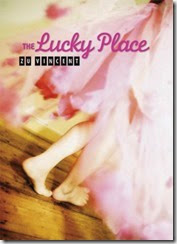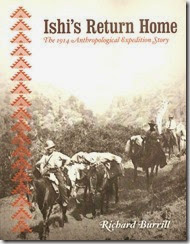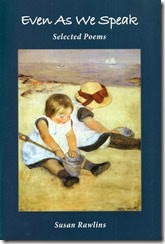Sponsored by the Butte College English Department, the WordFire Creative Writing Conference is open to the public ($65 for community members and $35 for students). Registration is at buttewordfire.org or contact Butte College instructor Molly Emmons at (530) 895-2935.
Now in its third year, the conference features workshops on poetry, memoir, fiction, publishing, and more, including one on songwriting from local musician Jeremy Gerrard.
A featured presenter is local YA (Young Adult) author Zu Vincent. Her novel “The Lucky Place” ($17.95 in hardcover from Front Street; also for Amazon Kindle), first published in 2008, was hailed by School Library Journal as “a stunning fiction debut by an author to watch.”
Designed for those in grades 6 through 9, the story can be enjoyed by adults as well. It’s a heartbreaking tale told by Cassie, three years old as the story begins. She and her five-year-old brother, Jamie, have been taken to the races by their drunken father, Sikes, who calls her “Baby Doll.” It’s Sacramento (“River City” in the novel) in the late Fifties and early Sixties (is Cassie in third grade when President Kennedy is shot?).
Cassie’s attempt to understand her family’s world perfectly captures the young mind: “I wonder what a binge is. I wonder if it’s something you can ride, like a plane or a train, or maybe an elephant. I want to ask Daddy, but this time when he goes away he doesn’t come back, and that’s a secret, too.”
Mama remarries. Ellis is a cook with greater ambitions, and Cassie comes to love her New Daddy, even as her Old Daddy extracts a promise to “love me best, forever!” Cassie: “I try to keep my promise, but it’s hard. After the police take Old Daddy away, we never see him.” The family moves to Diamond Street and Mama says “the white horse that runs in the field where the shopping center will be means good luck, that we have moved to a lucky place.”
Years pass, and Cassie’s writerly voice gains confidence. When she’s twelve, Ellis is diagnosed with cancer, from which he will not recover. Cassie must discover where the “lucky place” truly is, and the reader’s tears stain almost every page.




